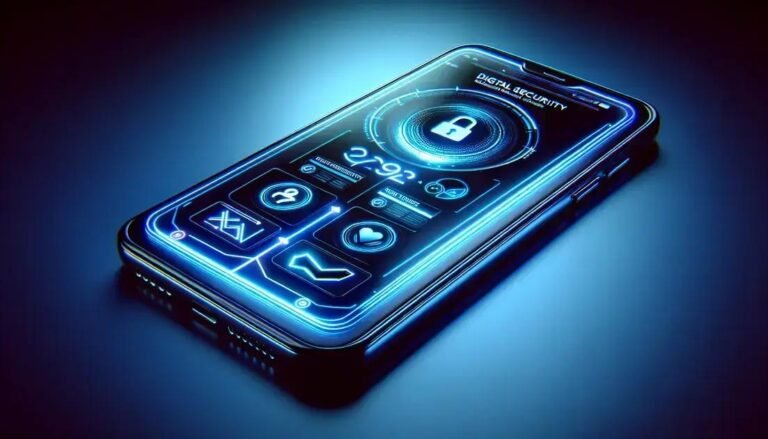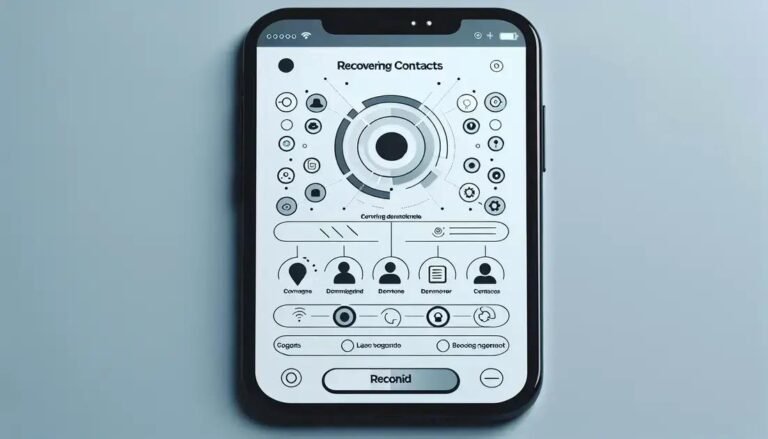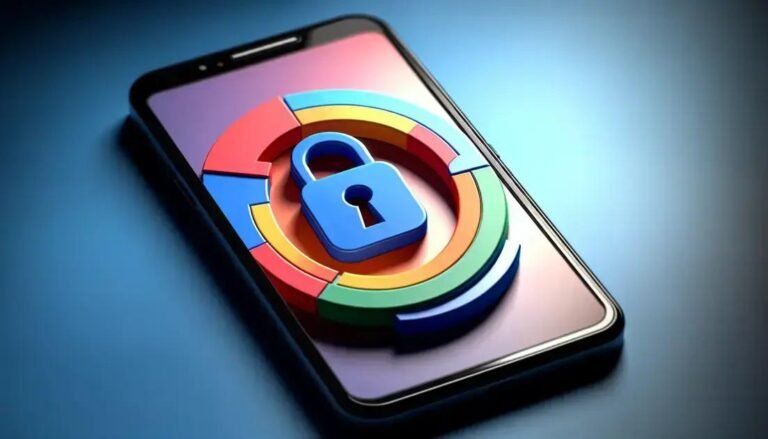Restore Deleted Contacts With Google Account or Backup
Ever accidentally deleted important contacts and desperately needed them back? You’re not alone! **Restore deleted contacts** is a common challenge, especially in a world where digital dependency is at its peak. Fortunately, there are several ways you can recover crucial information without losing your mind.
Imagine a scenario where your phone crashes, or you accidentally tap that dreaded delete button. What comes next? Panic usually sets in. But take a breath, because recovering those contacts might be easier than you think. With a bit of guidance, you can see those names and numbers pop back on your screen.
In today’s connected world, phones hold the keys to our social and professional networks. Losing your contacts can feel like misplacing that key. But worry not, because with the right tools and approaches, you’ll have your digital rolodex restored in no time. Let’s dive into the methods to get those contacts back on track.
Understanding Deleted Contact Recovery
Recovering deleted contacts might seem daunting, but understanding the basic methods can ease the process. Whether you’ve accidentally deleted important contacts or lost them during a phone update, there are ways to restore them.
Backup Verification: The first step in recovering deleted contacts is to check if you’ve backed up your data. Modern smartphones often have automatic cloud backups. Check services like Google Accounts for Android or iCloud for iOS to see if your contacts are still stored there.
Use Contact Recovery Apps: Numerous apps are designed to recover lost data, including contacts. These tools often scan your device or backup files to retrieve what’s missing. Examples include apps like Dr.Fone or EaseUS MobiSaver, which guide you through the recovery process.
- Access Google Contacts: For Android users, Google Contacts often syncs data automatically. Log into your Google Account and navigate to the contacts section. You might be able to restore to a previous state where the contacts were available.
- Check Deleted Items in Apps: Apps like Gmail typically have a “deleted” or “bin” folder. This is where recently deleted emails and contacts are stored temporarily. Check these folders to recover your contacts.
Seek Professional Help: If at any point you feel unsure or the process is too complex, consider consulting a tech professional. They can use specialized tools to increase the chances of successful recovery.
Understanding these methods can save you time and panic when dealing with lost contacts. Keep a consistent backup routine to prevent future issues.
Common Tools To Restore Contacts
Restoring deleted contacts can often be achieved with the right tools. These tools assist in retrieving lost data from your devices quickly. Here’s a look at some of the most common tools available for this purpose.
Google Contacts: For Android users, Google Contacts is a built-in service that automatically backs up your contacts to your Google account. You can access it online to recover lost contacts by using the “Undo Changes” feature, which allows you to restore your contacts to a previous state.
iCloud: If you’re using an iOS device, iCloud provides a seamless way to restore contacts. By navigating to the iCloud website, you can choose to restore contacts from previous backups stored in the cloud. This requires prior activation of iCloud sync.
Recovery Apps: There are dedicated apps designed for data recovery, such as Dr.Fone or EaseUS MobiSaver. These software tools scan your device and backup files to locate and recover lost contacts effectively. They often provide a step-by-step interface to make the recovery process user-friendly.
Service Provider Support: Sometimes, your cellular service provider can assist in recovering deleted contacts. Check with them to see if they offer data recovery support, which can be helpful if other methods fail.
These tools are essential for ensuring that your important contacts are never permanently lost. Regularly backing up data to these platforms helps to safeguard your information.
Steps To Recover Contacts On Android
Recovering contacts on an Android device involves a few straightforward steps. Each step ensures that you have the best chance to retrieve your lost information efficiently. Here’s a guide to help you through the process:
- Check Google Contacts: Open your Google Contacts app or access it online. Your contacts might be synced automatically. Use the “Undo Changes” feature to revert your contacts to a previous state within the past 30 days.
- Utilize Backup Solutions: Most Android phones have built-in backup features. Navigate to your device settings, then to “Accounts and Backup,” and check if you have a recent backup. Restore from this backup to regain lost contacts.
- Use a Recovery App: Download a trusted app like Dr.Fone or GT Recovery. These apps scan your device’s storage to find any recoverable contact data. Follow the in-app instructions carefully to complete recovery.
- Explore SIM Card Options: If your contacts were saved to your SIM card, removing it and placing it in another device can sometimes allow access to the stored data. Check your SIM card contacts from the phone menu.
Ensuring that your contacts are consistently backed up to the cloud can prevent future headaches. Always verify your backup settings to keep your data secure.
Recover Contacts From iCloud And iTunes
Retrieving contacts from iCloud and iTunes is a reliable method for iPhone users to recover deleted data. Each service provides unique steps to restore your contacts effectively. Here’s how you can do it:
- Restore from iCloud: Visit the iCloud website and log in with your Apple ID. Navigate to “Account Settings,” then scroll to “Advanced” and select “Restore Contacts.” Choose an archive that predates the loss of your contacts and click “Restore.” Ensure iCloud Contacts is enabled on your device to sync the restored contacts.
- Using iTunes Backup: Connect your iPhone to a computer with iTunes installed. Open iTunes and select your device. Under the “Summary” tab, click “Restore Backup.” Choose a backup file that contains your contacts and confirm. This will restore your device to the state when the backup was made, including all contacts.
- Check Contacts App: After restoration, ensure your contacts are visible in the Contacts app. If they do not appear immediately, check if syncing is enabled under your iCloud settings.
These steps streamline the process of retrieving your contacts, ensuring vital information is not permanently lost. Regular backups are vital to simplify future recovery efforts.
FAQ – Frequently Asked Questions About Restoring Deleted Contacts
How can I recover deleted contacts from my Android phone?
You can recover deleted contacts on Android by using Google Contacts for a backup, checking device settings for previous backups, or utilizing recovery apps like Dr.Fone.
Is it possible to undo deleted contacts on iPhone using iCloud?
Yes, you can restore deleted contacts on an iPhone by accessing iCloud’s ‘Restore Contacts’ feature, choosing an archived version that contains your contacts.
What tools can I use to recover contacts from my iOS device?
You can use iCloud or iTunes to restore contacts on an iOS device. Both require previous backups to successfully recover lost data.
Are there apps specifically for recovering deleted contacts?
Yes, several apps like Dr.Fone and EaseUS MobiSaver are designed to help recover deleted contacts across both Android and iOS platforms.
How often should I back up my contacts?
It’s recommended to back up your contacts regularly, ideally enabling automatic backups via Google or iCloud to prevent accidental loss.
What should I do if none of the recovery methods work?
If standard recovery methods fail, consider reaching out to professional data recovery services or your phone provider for additional support.






